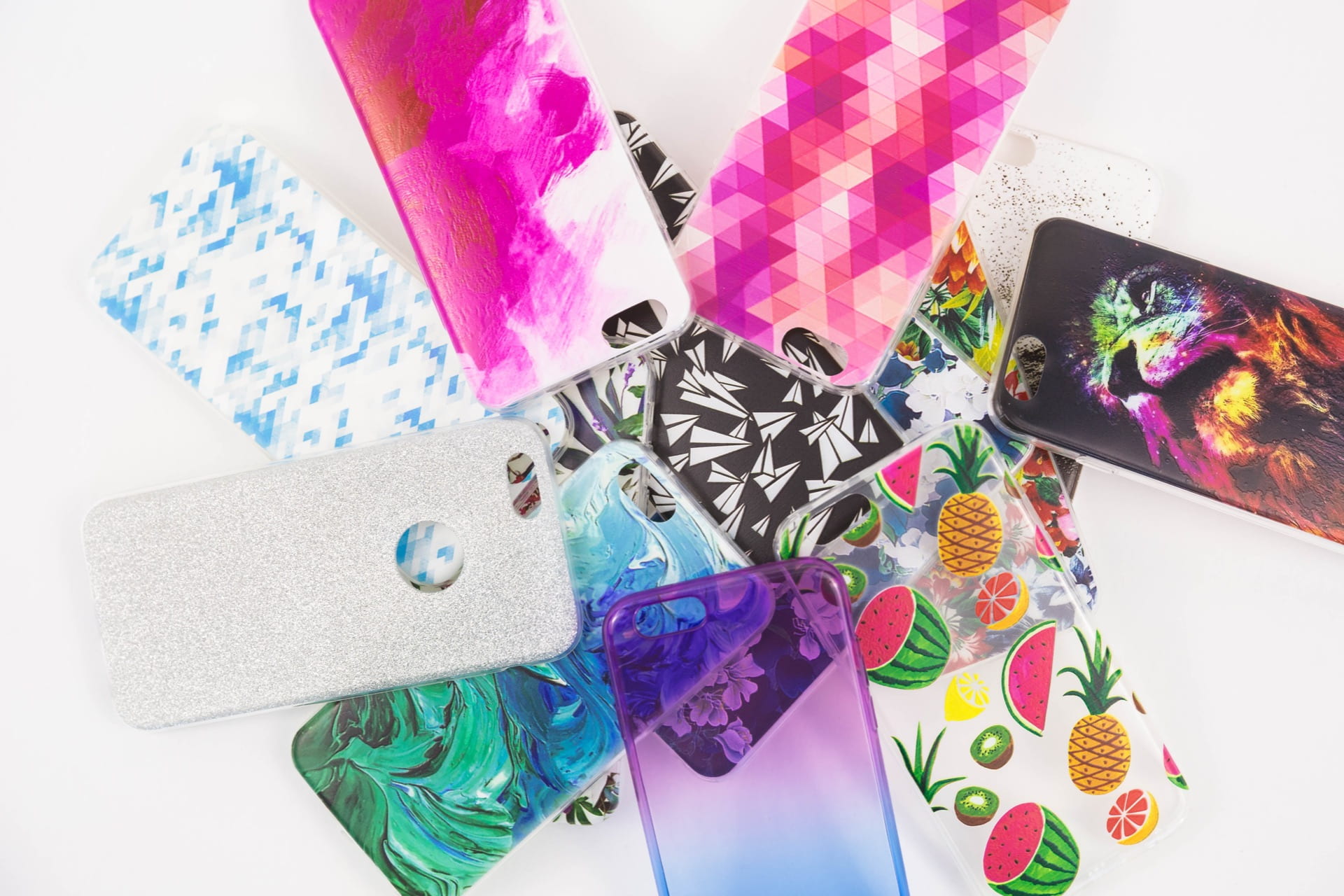Welcome back!
I was having a conversation with my mum about my blog posts when it dawned upon me that not many people know the definition of a sustainable product. After discussions with some of my friends, the most common answer to a sustainable product would be that the product is recyclable or is made out of recycled materials (which is correct but does not encompass the entire definition of a sustainable product!).

The definite attributes of what makes a product sustainable is still being highly debated, however, I’ve managed to summarise the top 5 features in the chart above.
I’ve decided to conduct a survey to learn more about people’s knowledge of sustainable products as well as opinions on its affordability in Singapore. After posting my survey on my social media accounts and sending it to every contact on my phone, I’ve managed to garner 77 responses in total! I was surprised to know that so many people took time out of their day to do my survey :”)
However, a large majority of the respondents are current students studying at the National University of Singapore (NUS), especially from the Bachelor of Environmental Studies (BES) course. Therefore, this survey might not be the most accurate representation of the general public’s view on sustainability in Singapore 🙁
Here are the results!

As I had predicted, the top response of 92.2% was that a sustainable product is made out of material that can be recycled, reused, and composted. In my opinion, this mostly accrues to the fact that many associate any environmental-related topic with recycling. Since most of the respondents are around the age range of 17-25 years old, many of us may have had a similar school experience when we were younger. In school, we were often informed and tasked to recycle, reduce, and reuse to ‘save the environment’. It was not common to learn other forms or methods to live a more sustainable and eco-friendly lifestyle. Therefore, this might have had a large influence on their answer towards the definition of a sustainable product!
However, the option of “use of ethical labour” and “no use of hazardous material or depletion of natural resources” had the two lowest responses with 67.5% and 72.7% respectively. To be completely frank, I did not know that the usage of ethical labour was a key component of a sustainable product until recently! From my point of view, this is due to the fact that the term ethical labour is not usually associated with the environment but rather leaning more towards human-rights related issues. What do you think?
Stay tuned for the rest of my survey results next week! See you 🙂




Recent Comments